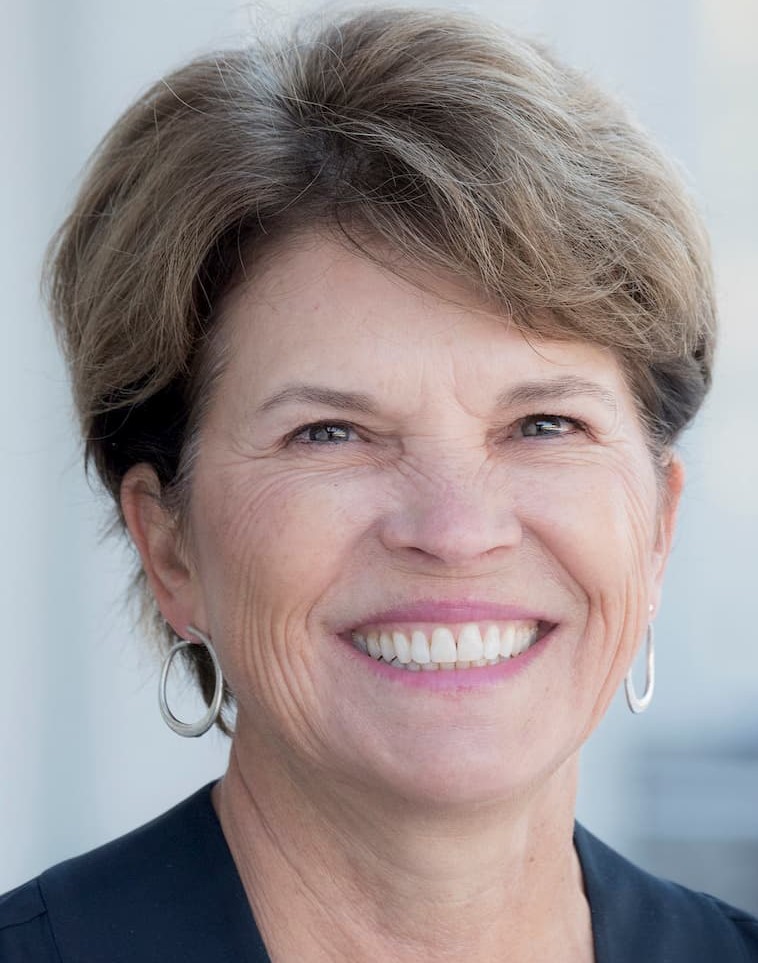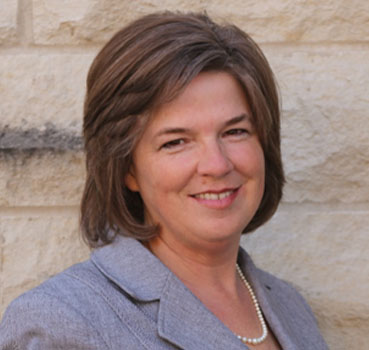
DrAfter123/DigitalVision Vectors
Using AI, Data Analytics to Enhance Person-Centered Care for Seniors
Artificial intelligence and data analytics tools could help one of the nation’s fastest-growing population groups actively participate in their own care.
Right now, there are more than 46 million adults age 65 and older living in the US. By 2050, that number is expected to grow to almost 90 million.
This means that in just ten years, one in five Americans is projected to be 65 or over.
With the population of older individuals rapidly growing, healthcare leaders are beginning to brace themselves for the wave of challenges that will inevitably crash over every part of the industry. Older adults need increasing amounts of clinical care and social services to stay well, and in a system where resources are already strained, this surge could put overwhelming burdens on care providers.
The National Council on Aging (NCOA) reports that approximately 80 percent of older adults have at least one chronic disease, and 77 percent have more than one. These patterns also extend into realms beyond physical health: NCOA notes that one in four older adults experience some mental illness, including depression, anxiety disorders, and dementia.
To overcome the barriers associated with an aging population, organizations are starting to seek the help of advanced tools to better understand the needs of older individuals – namely, artificial intelligence and data analytics technologies.
These tools have the capacity to advance care for patients with Alzheimer’s disease, predict the likelihood of adverse events, and help providers monitor seniors even when these patients are outside the doctor’s office.
However, the effectiveness of AI and data analytics technologies fully depends on their usability. While utility can be difficult to measure for any group of end-users, it’s especially challenging in the case of seniors, said Cathy Bodine, PhD, executive director of the Center for Inclusive Design and Engineering at the University of Colorado, Denver.
“Oftentimes, engineers who design these products bring their own assumptions to the table. And those assumptions typically don't match what older folks think, feel, or need,” she said.
“The myths that surround the aging demographic really influence design, and that's unfortunate. We have to focus on that end-user being at the center of how these tools work in order to get them to adopt them.”
In order for these tools to successfully improve the care of older adults, researchers and developers will need to actively involve these individuals in the design process, using a person-centered approach for more intuitive models, enhanced patient engagement, and better outcomes.
Facilitating human connection through non-human means
The phrase “person-centered care” doesn’t exactly bring to mind visions of AI-powered machines and chatbots. Care focused on the patient, as well as the relationship between a patient and her provider, highlights the role of humans in clinical care – not technology.
This is one of the main issues that arises when applying data analytics tools to mental healthcare, Ellen Lee, MD, assistant professor of psychiatry at UC San Diego, told HealthITAnalytics.

“One of the things that limits our use of artificial intelligence and natural language processing in geriatric mental healthcare is that psychiatry depends a lot on speech data. It depends a lot on rapport, understanding where people are coming from, and being able to build a relationship with somebody,” Lee said.
“That's pretty difficult to quantify. AI is very successfully used in settings like radiology, where you're looking for a very clear aberration in the image. That's something that machines can do very consistently and sensitively. But for psychiatric research, we need to build novel tools that are able to communicate with patients and understand clinician-patient rapport.”
Lee and her team set out to do just that. The group recently leveraged AI to analyze language patterns and determine degrees of loneliness in older adults, a condition that has only grown more prevalent since the onset of COVID-19.
“We've seen increased social isolation with shrinking households and decreased community involvement. As we age, our social networks diminish, and risk factors for loneliness increase when we get older,” said Lee.
With AI techniques for natural language processing (NLP), providers may be able to detect subtleties in speech patterns that they would have otherwise overlooked.
“There are a lot of nuances in language and the types of emotions that people express that are really difficult to pick up with the human eye. This is where NLP can really make a big difference,” said Lee.
Researchers from the Benjamin Rose Institute on Aging and LifeBio are also using AI to connect with and improve care for older individuals. The organizations are using a grant from the National Institute on Aging to develop a reminiscence therapy platform for patients with dementia. The platform will leverage a machine learning application that transfers speech to text and generates life stories.

“The project was born out of the idea of how important it is to capture the life story of our older loved ones. We conduct a life story interview with participants where we ask them a series of questions – about their childhood, their past, if they were married, their children. The things that are a part of all of our lives,” said Silvia Orsulic-Jeras, a research associate at Benjamin Rose Institute on Aging.
These conversations are a critical feature of the project, as is the development of a tool that is built with input from patients themselves. Researchers will conduct focus group evaluations of prototypes of the new platform with study participants, ensuring the technology is intuitive and user-friendly.
“We're going to be tracking and analyzing the way people are using the tool throughout its development,” said Beth Sanders, founder and CEO of LifeBio.
“Our system is going to understand what our participants are saying, and we’ll be checking that the files that are coming in are accurate. The platform will also be able to analyze and summarize what is most important for the staff to know about this person. In the past, we’ve had to do all of these things manually.”
The project’s overarching goal is to give older patients the opportunity to actively engage in their own care, Orsulic-Jeras said.
“Recently, there has been a growing focus on person-centered care. It's about getting to the heart of what is most important to the individual who is receiving care, whether it be physical care or care related to a neurocognitive disease, such as dementia or Alzheimer's. There's a whole movement around developing person-centered care practices,” she said.
“Many opportunities are arising for tech companies to design innovative products that would fall into that person-centered care realm. There's a lot of opportunity for growth in that area.”
Bodine said that she’s noticed similar challenges.
“We get so excited about what the technology can do, we forget to ask if it’s something that this demographic wants. That's one of the key things that I see,” Bodine said.
The collaboration between the Benjamin Rose Institute and LifeBio will aim to change this trend.
“It's exciting. These patients are ready to sign up. They want to be part of this, they want to be heard. Because in many cases, they aren't heard,” said Sanders.

Understanding – and overcoming – the limitations of technology
Although healthcare AI has evolved considerably, the technology is still not perfectly suited to every area of the industry. Researchers and providers are often limited to the tools that are currently available, as well as the state of the field in general.
“NLP has come a long way in its ability to look at the meaning of language and understand sentence structure, but you do have to refine and build your approach to fit your data. The tool we're using to extract sentiment and emotions was built as a commercial tool to be used in business settings. So, finding ways to make the existing tools work for your data is always going to be a challenge,” Lee said.
“You also have to make sure that your model is valid and generalizable. You may build a model based on a certain sample of individuals, but does it translate to people who live in different places, or to people from other ethnic and racial backgrounds? Does it translate to people who are younger or older? The better the data you have and the broader the data you have, the more representative your model can be.”
There are also significant ethical challenges to consider when developing and deploying analytics tools, Lee noted.
“Even as we're building these models and we’re thinking about how people will use them, we have to consider the privacy of the data,” she stated. “Will there be any sort of negative ramifications for people down the line? That's always something we think about.”
These concerns are well-founded. A 2020 survey showed that while 53 percent of Americans believe that technology fosters patient-provider relationships, just 38 percent believe that health IT tools have the proper security tools in place to protect their sensitive data.
These kinds of worries also seem to be more prevalent among older patients, Bodine said.
“Some years ago, I did a study where we were testing what the internet speed needed to be in order to do rudimentary sign language over video chat with seniors who were hard of hearing or deaf. We found that participants could have cared less about the sign language – they were more concerned about losing their privacy and having a camera look into their home,” she said.
“The cautionary tale in all of this is that our regulatory practices and policies have not caught up yet with the capabilities of the technology, and the technology is moving so quickly that we haven't wrestled well with the privacy and security part of things.”
Researchers across the care continuum are testing different methods to preserve patient data privacy when developing analytics algorithms. Federated learning, an approach that trains an algorithm across multiple decentralized servers without exchanging data samples, has emerged as a potential solution to privacy problems.
Ultimately, researchers and developers will need to discover solutions that can gather new insights from patient data while also protecting privacy.
“If we can balance safety and privacy with care provision, we can do a lot,” Bodine said.

Ensuring patients can understand and operate innovative tools is also a challenge that is heightened among seniors, Orsulic-Jeras added.
“When it comes to older adults or older adults with memory impairment, it can be challenging introducing new technologies and teaching them how to use these technologies. It's important that we focus on making sure they’re comfortable throughout the process,” she said.
“With the pandemic still going on, we'll have to ensure that we can provide adequate enough tech support without physically being in the room. Our hope is that within a year's time, we'll be able to enter into residential care facilities and show this new platform to our participants in person.”
Paving the way for personalized, person-centered care
In the future, AI and data analytics tools have the potential to extract insights from patient data that could help clinicians better understand particular disorders, and how these conditions present differently across patient populations.
This has especially promising implications for mental healthcare, Lee said.
“We believe that there are probably some people who feel lonely all the time, and there are probably some people who feel lonely only in certain situations – at different times during the day, on holidays, things like that. It would be interesting to get a more nuanced way to assess loneliness,” she explained.
“These are the points we’re considering when we're trying to figure out if we could improve this tool in the future, by tailoring the assessment of emotion to be more nuanced. We're thinking about ways we could use a more refined, emotional NLP tool that assesses 12 different emotions instead of just five.”
Improved data analytics tools can also help providers develop individualized, tailored health plans for patients.
“When you look at the literature on loneliness interventions, it's clearly not one size fits all. Some things help certain people, while other things don't. This is where loneliness gets really personalized,” said Lee.
“The key thing is to assess this in a more nuanced way, and then figure out what would help this one specific person. What is the thing that they really want? Do they need more social interaction? Do they need a more cognitive-behavioral approach where they really rethink or reshape their understanding of social interactions? Or is it more about the distress tolerance?”
In addition to refining health IT tools, taking the time to talk to people and understand their stories can lead to more comprehensive care plans as well.
“In dementia care, we’re still at a place where the patients’ profiles focus more on physical issues. Taking it beyond the physical level and making it systematically possible to know who the person is, is a game changer for memory care. Because people are extremely complicated,” said Sanders.
“And if it’s 2:00 AM and a patient is awake and moving around, it’s really helpful to know that this person was a third-shift police officer, and that might be what’s going on in his mind. It facilitates more efficient and effective care delivery. The story in their care is very important, too.”
As the industry continues to hone and enhance data analytics tools, the expectation that these technologies will advance person-centered care is only growing closer to becoming the reality.
“These things always start in research settings, and I'm excited to see how these tools could someday be applied in an ethical, patient-centered way to aid clinical decision-making. AI could help providers think about the myriad of factors that you have to consider when a patient comes in, beyond just how old they are and how well their kidneys are working,” said Lee.






